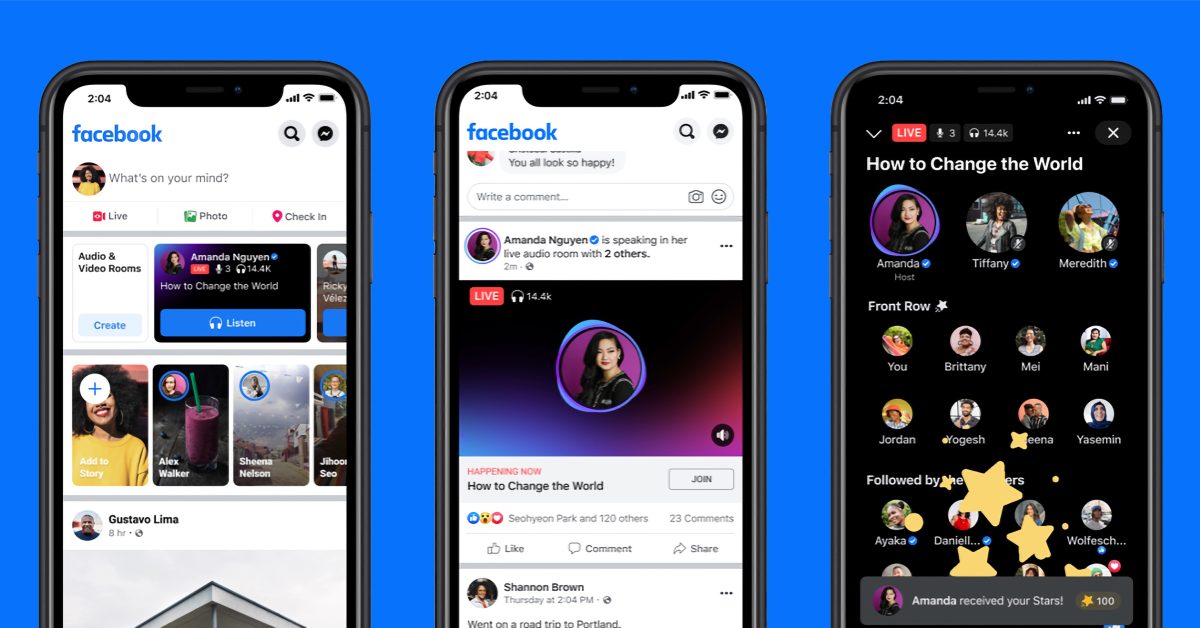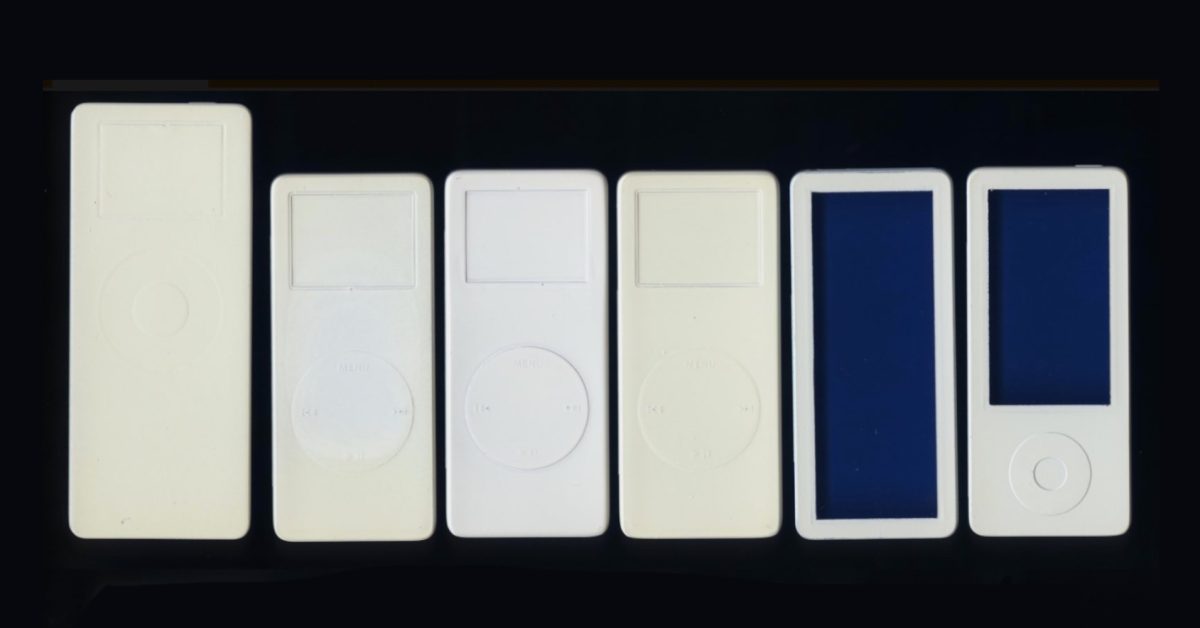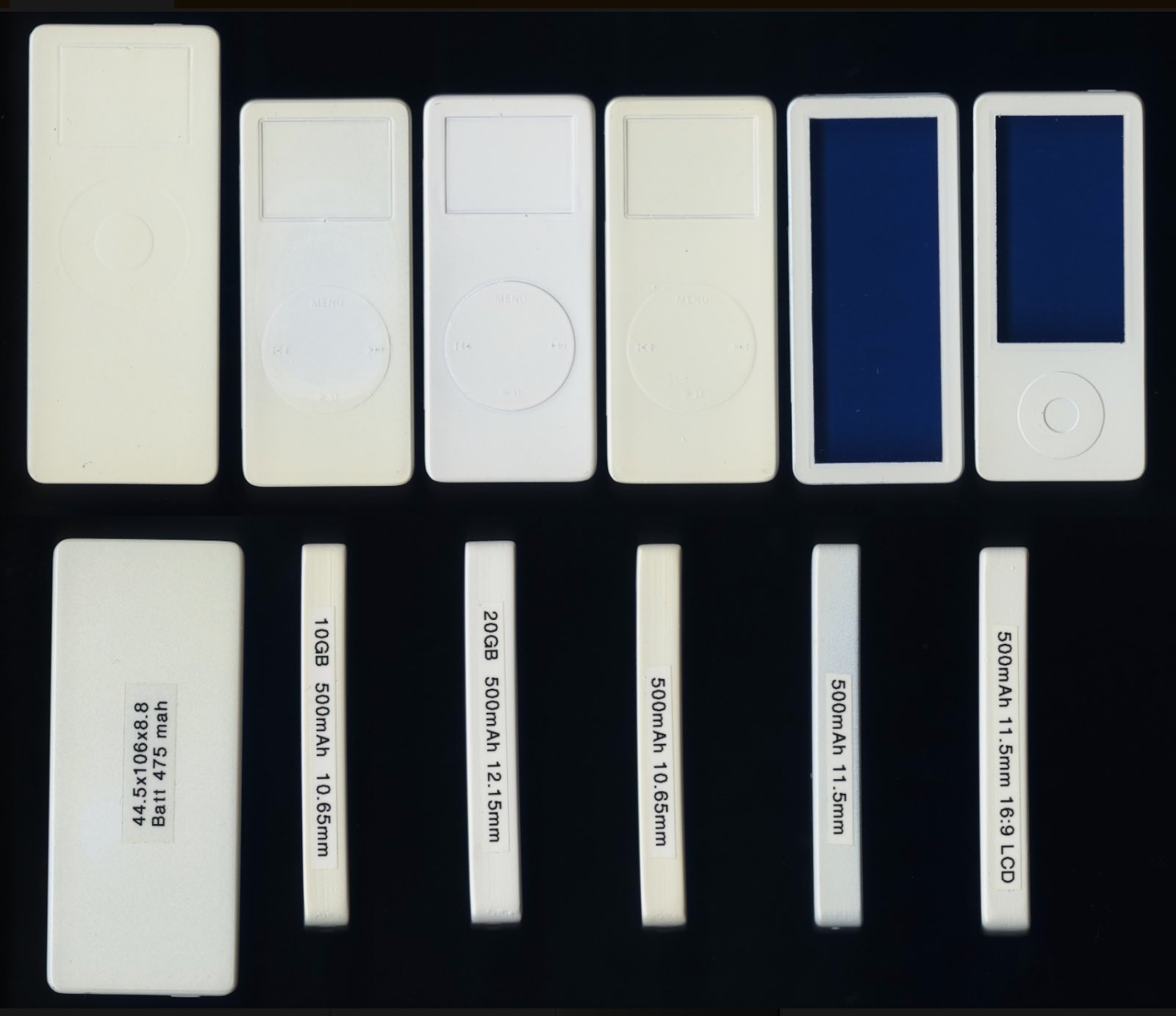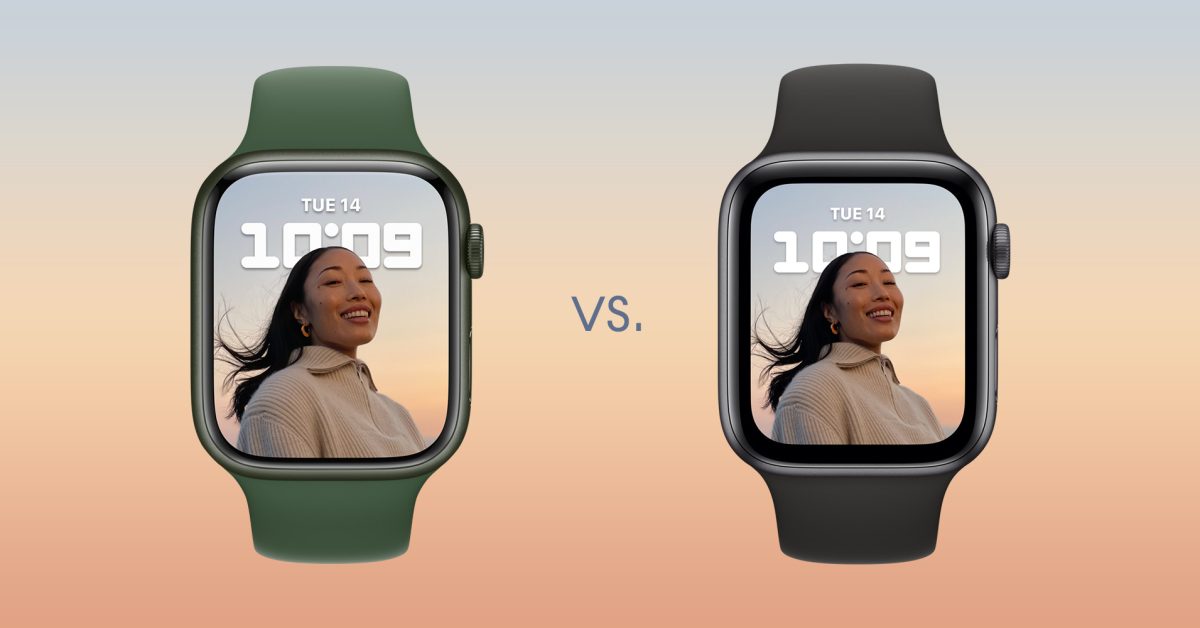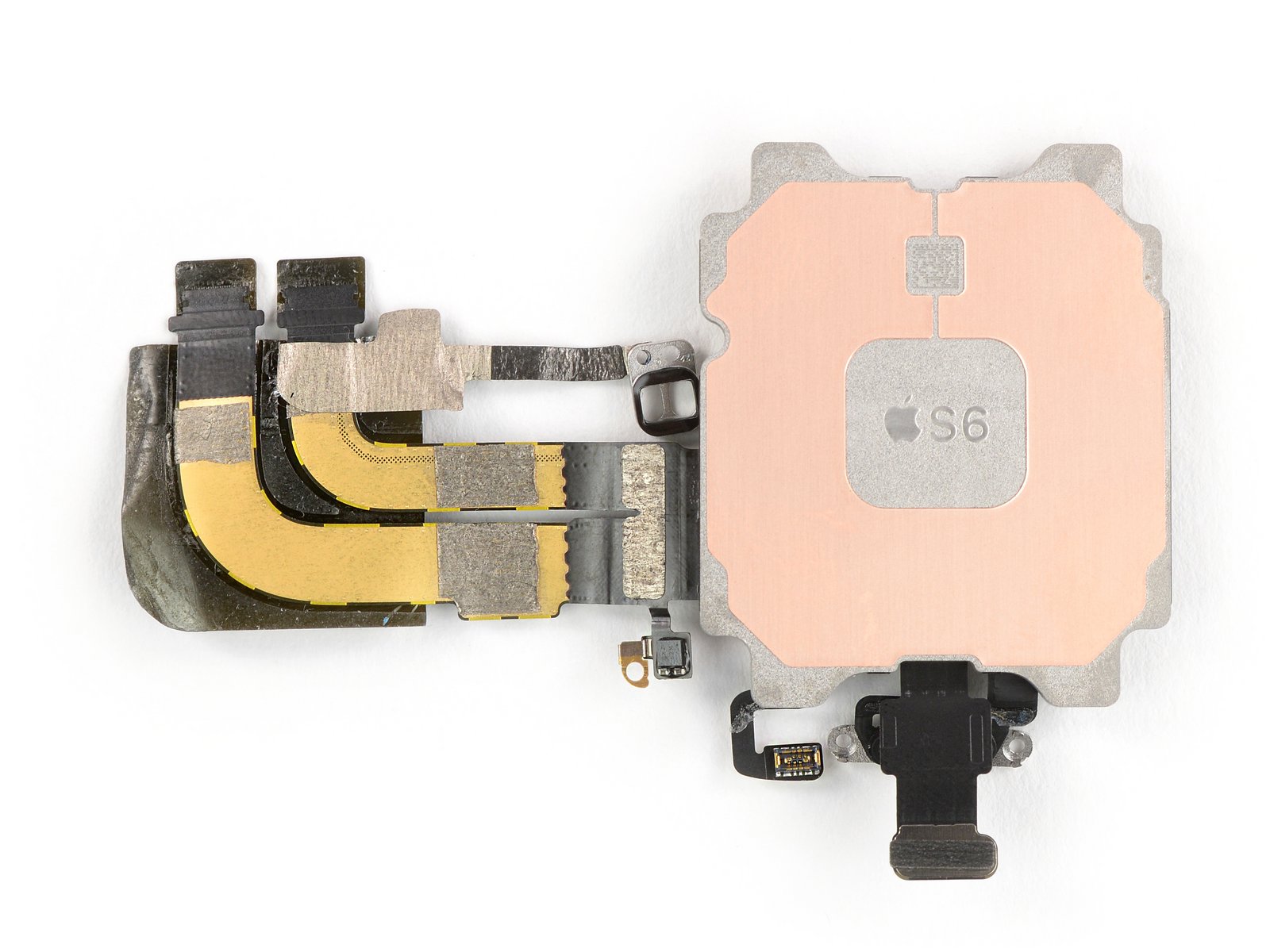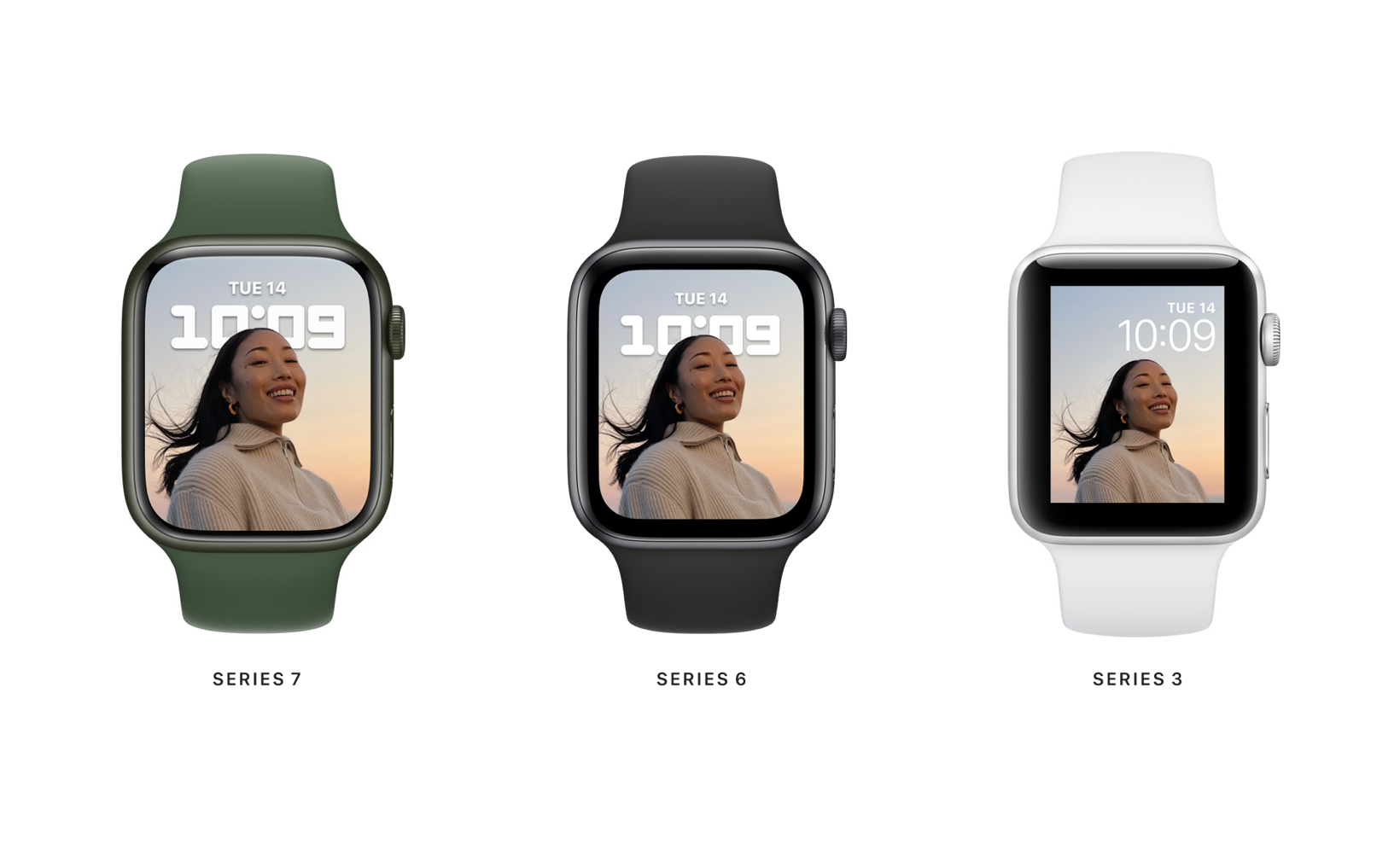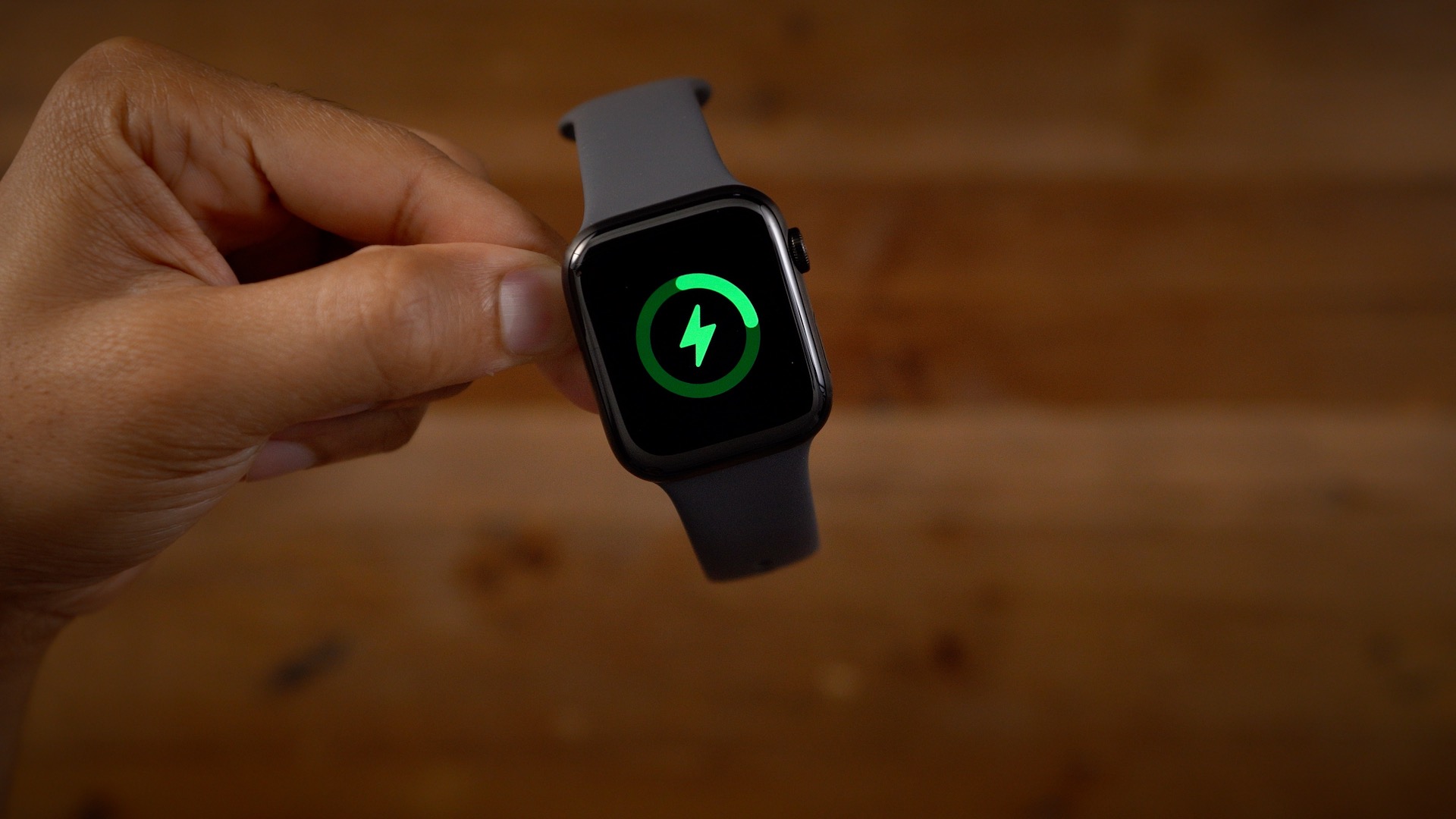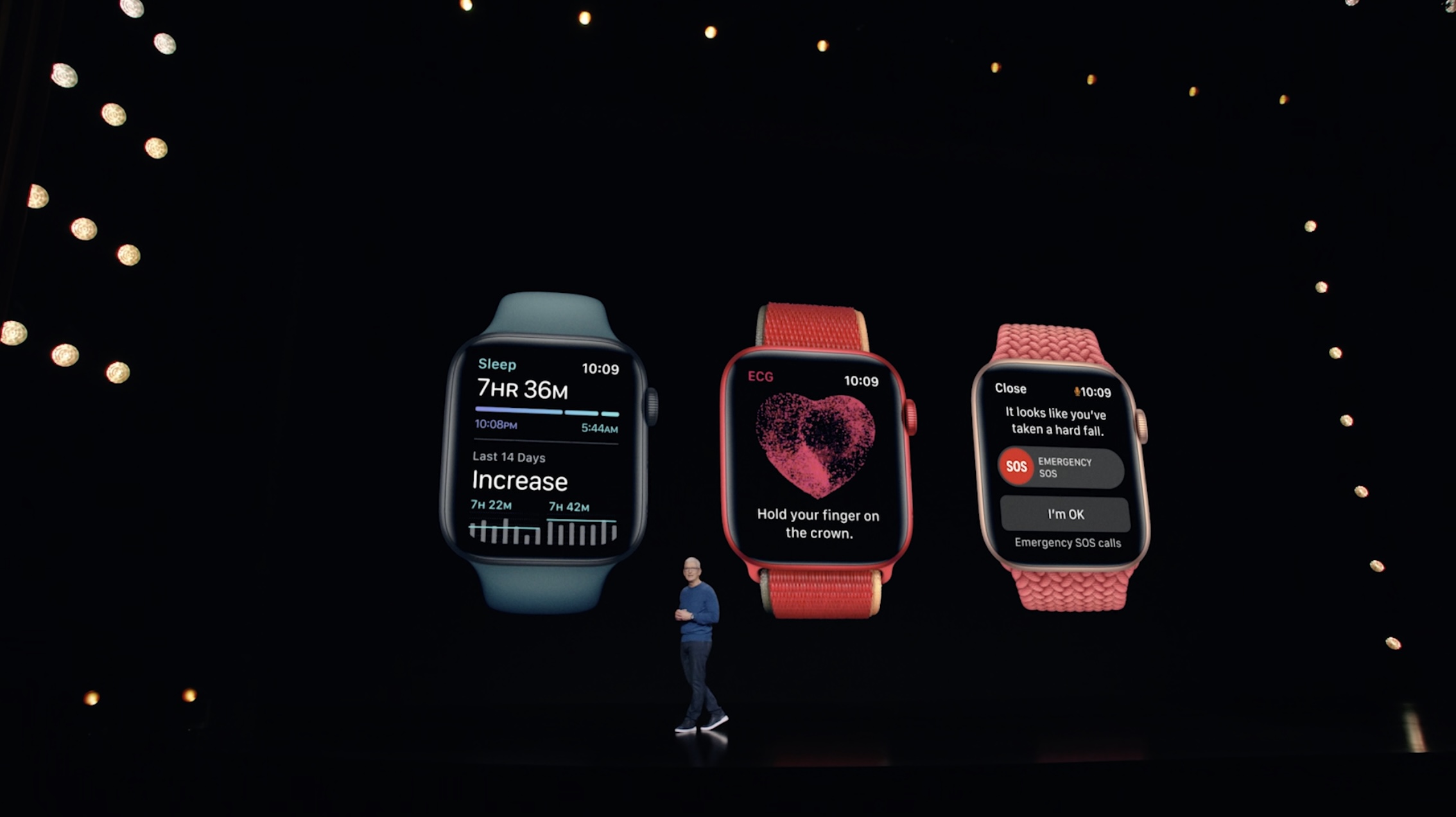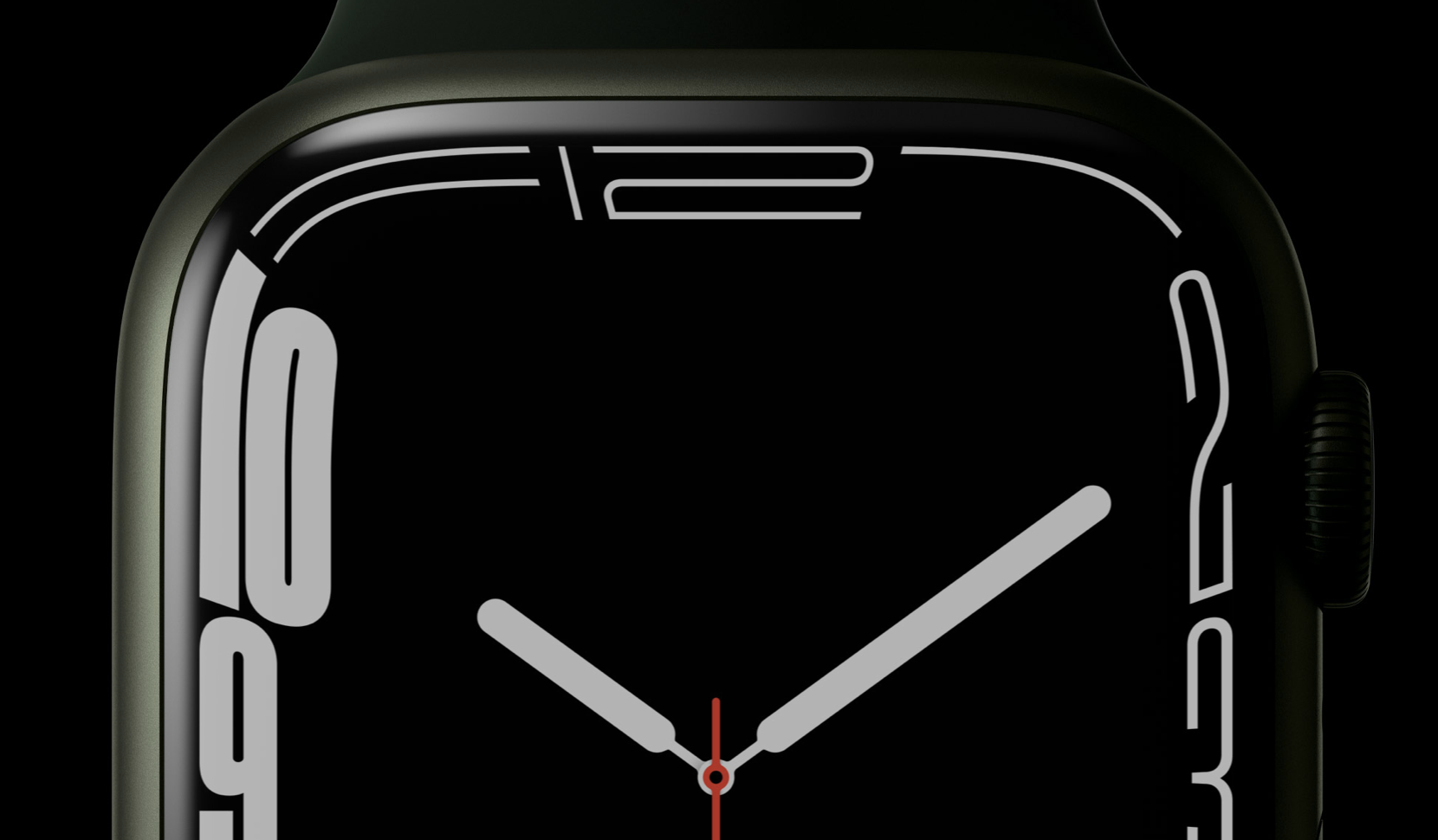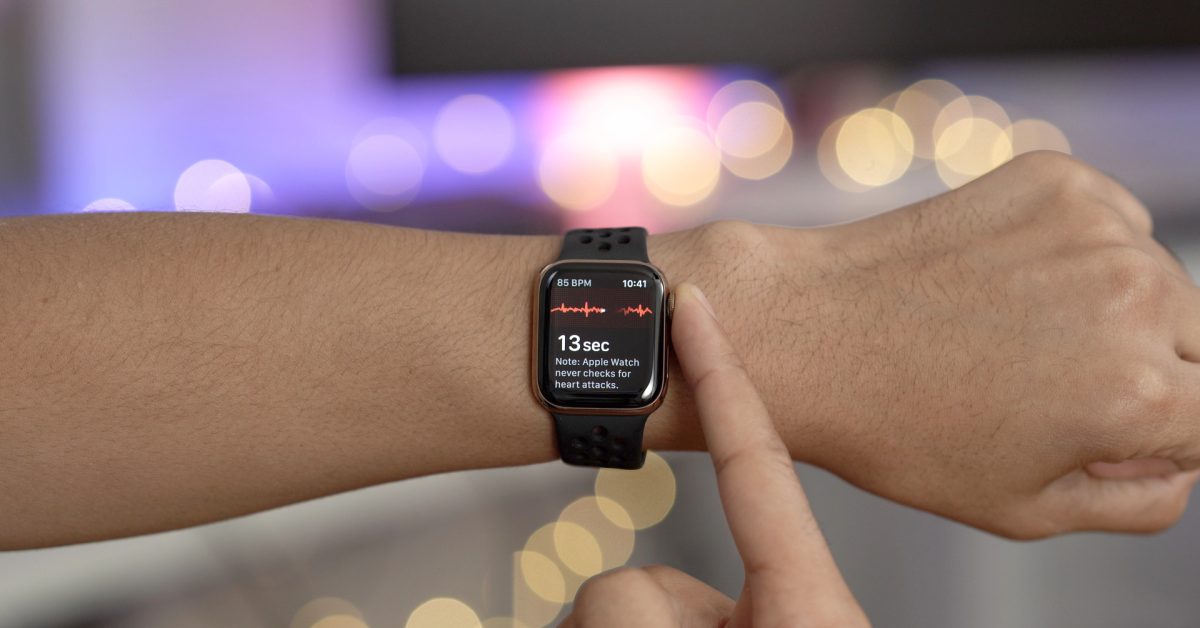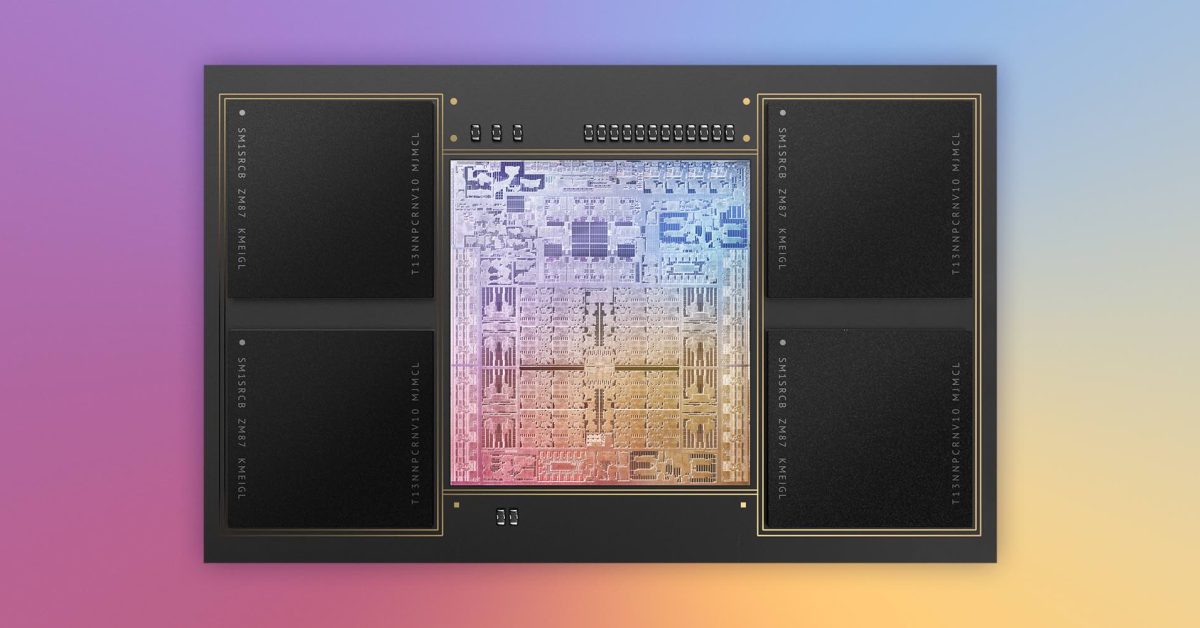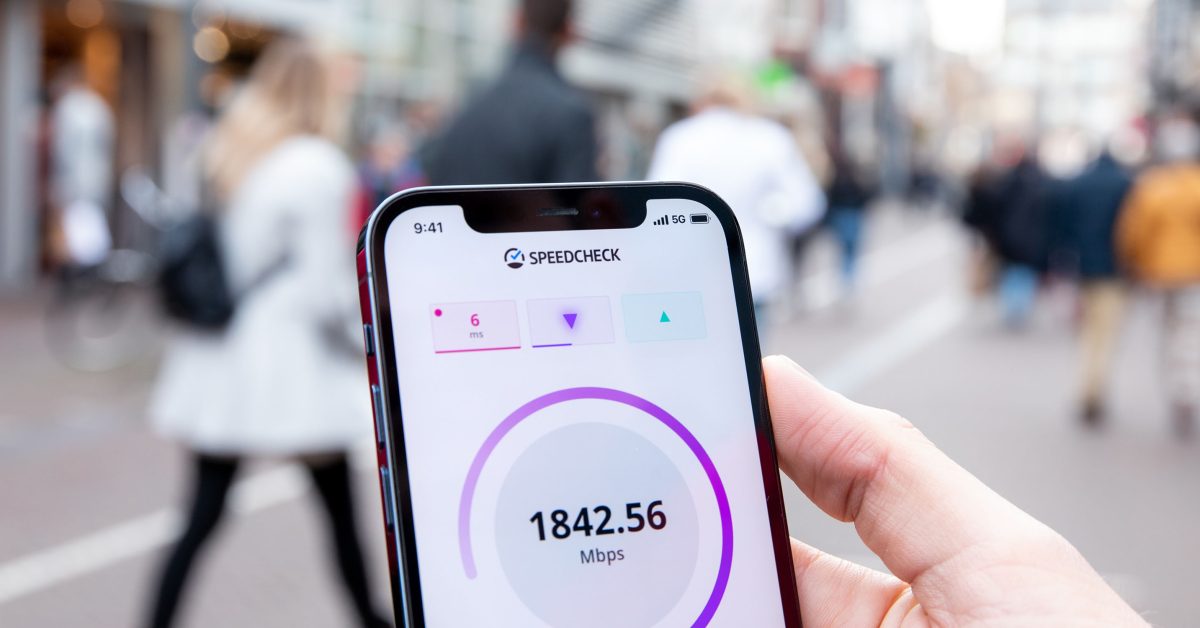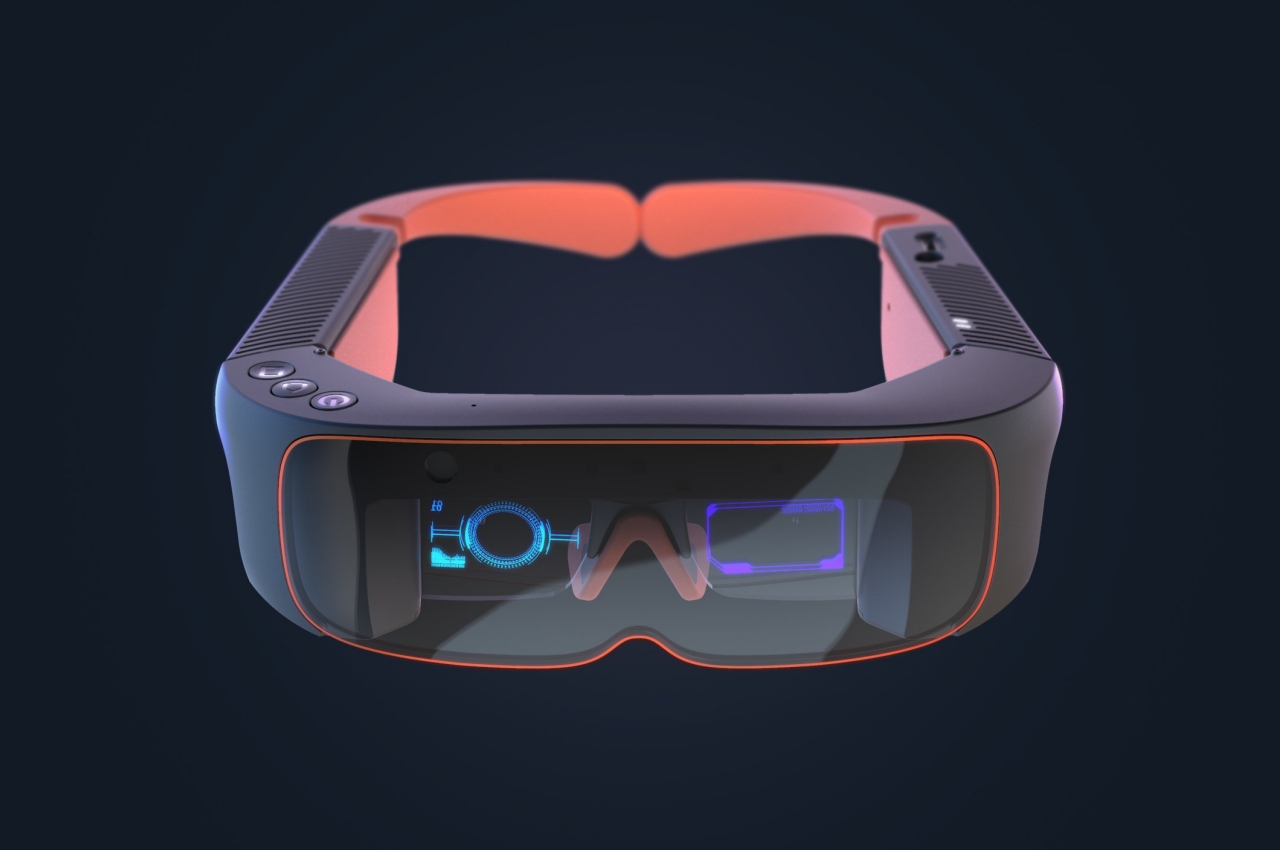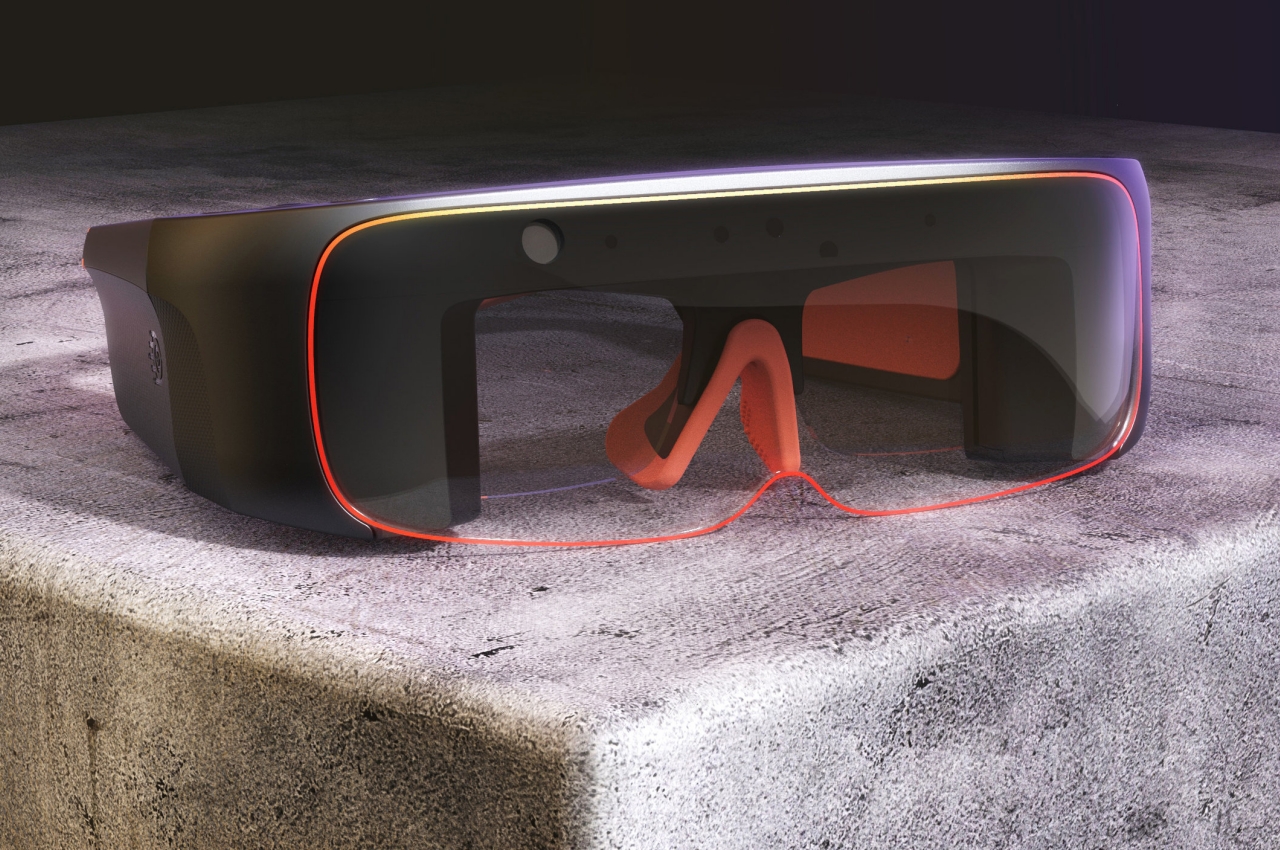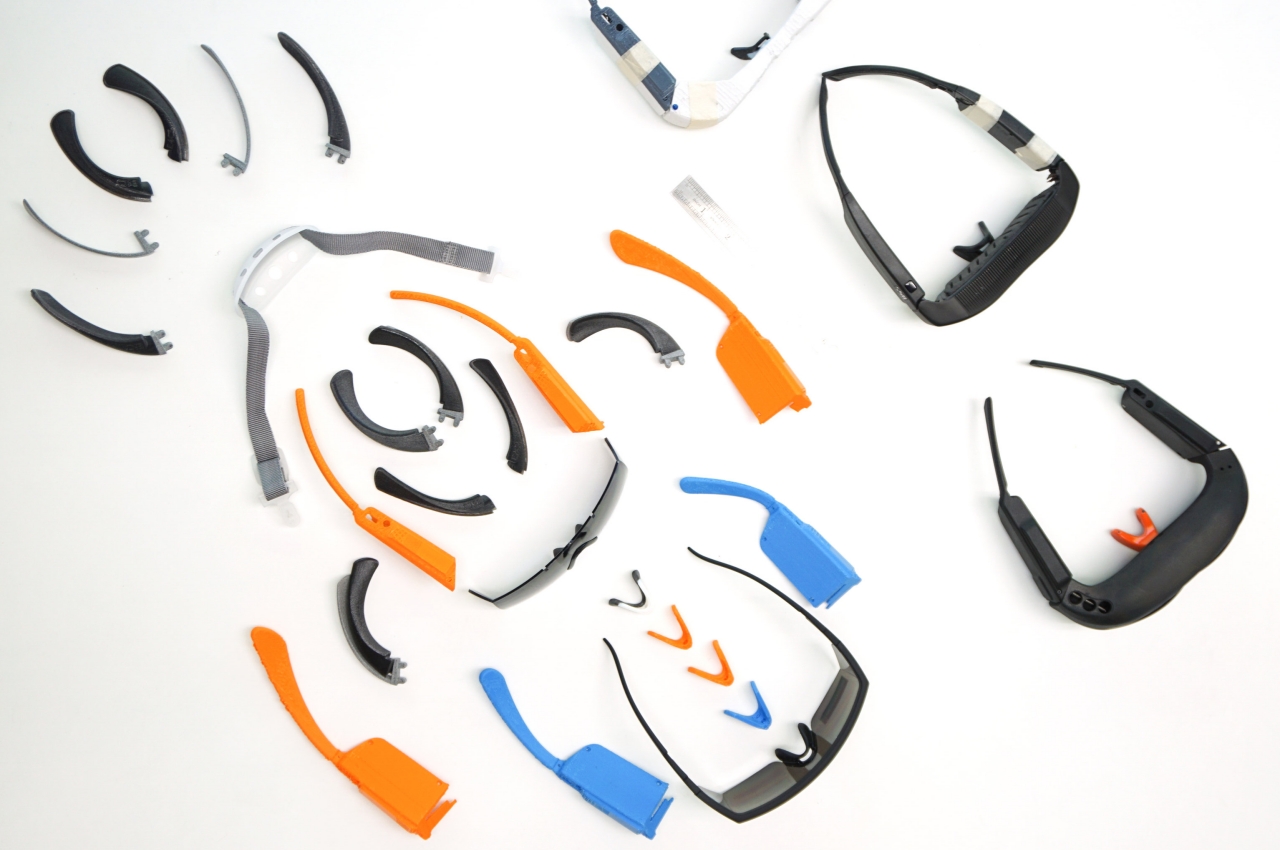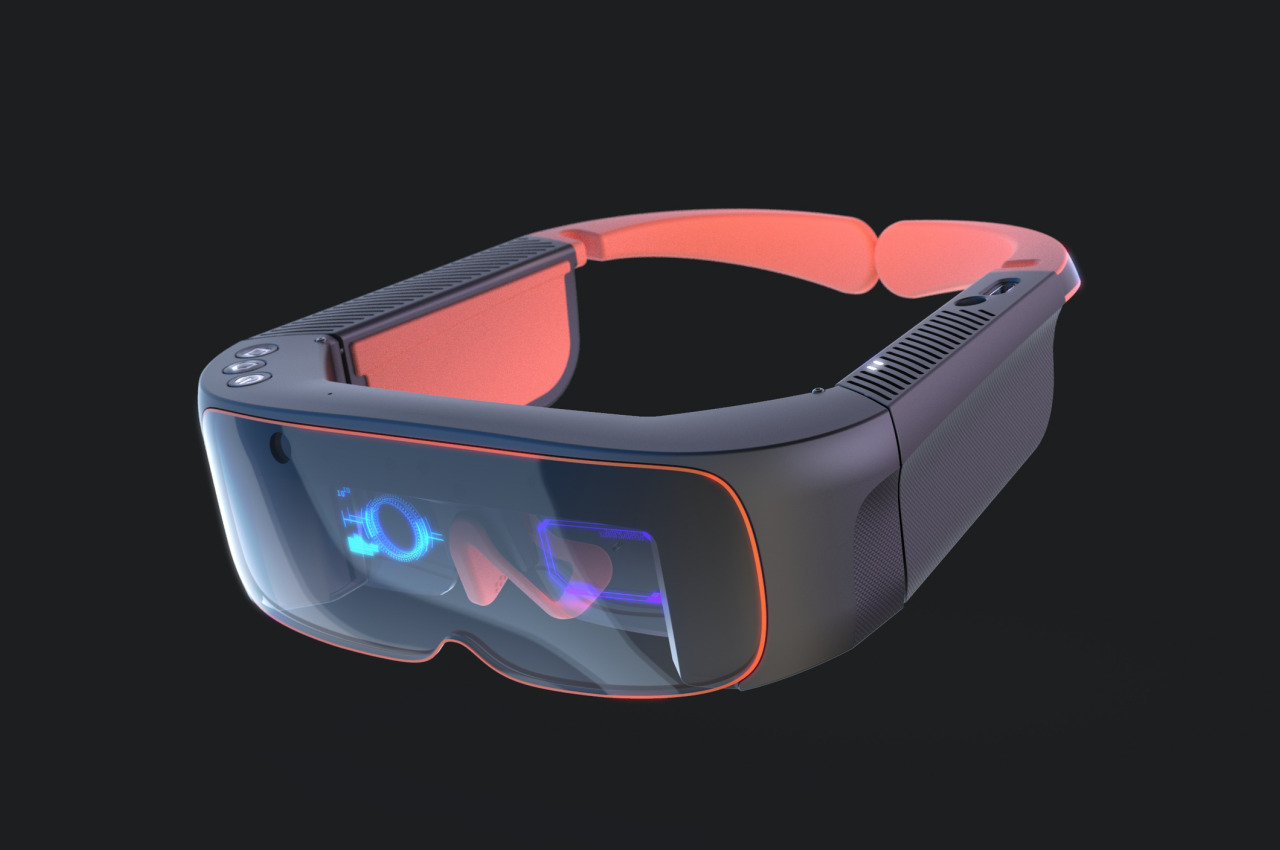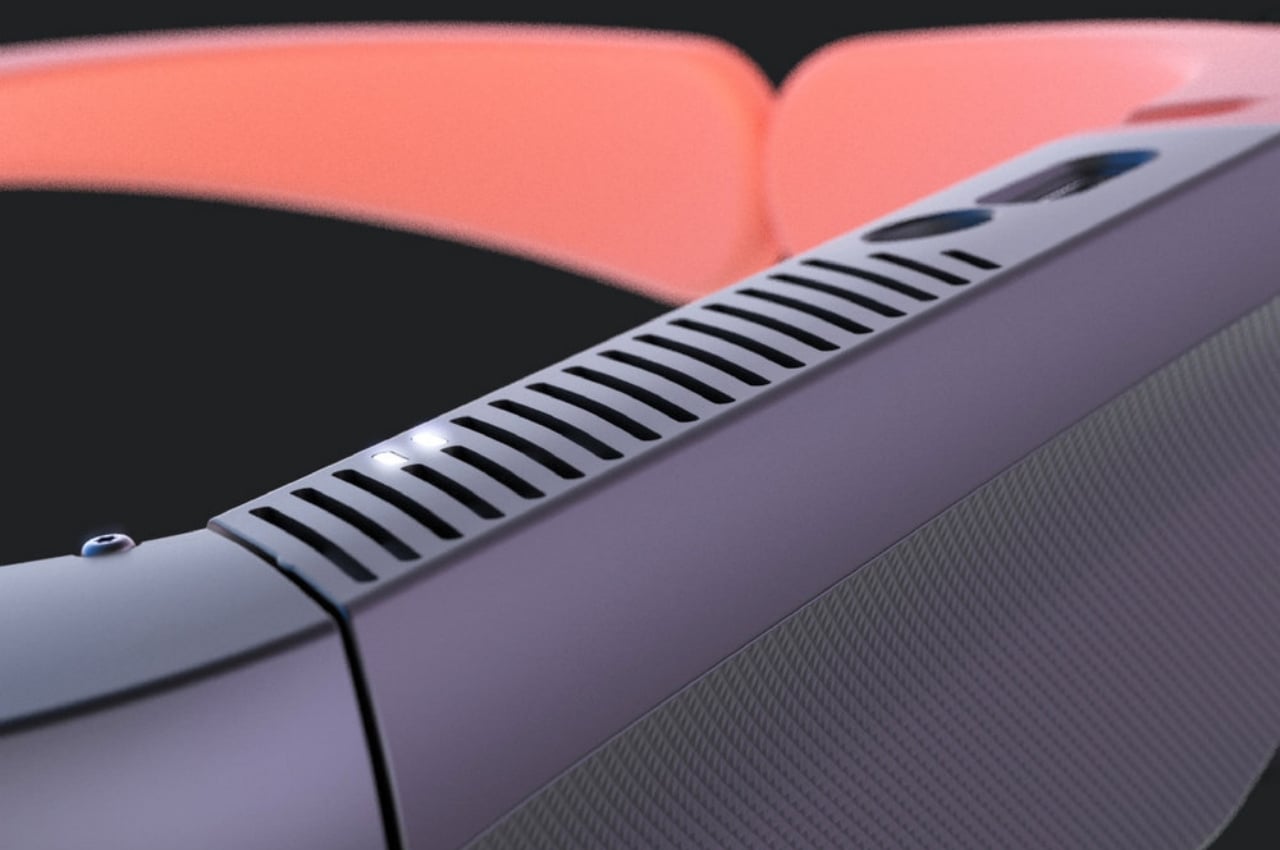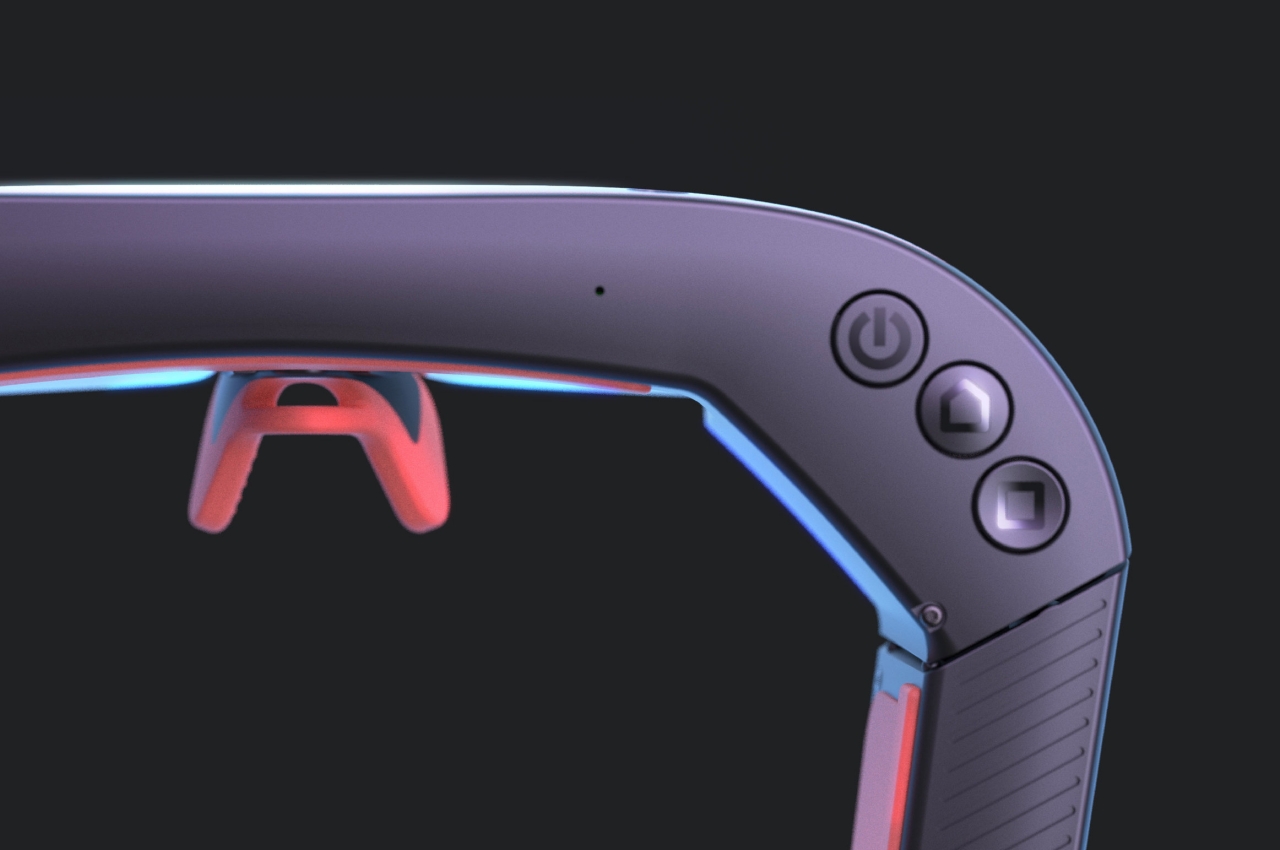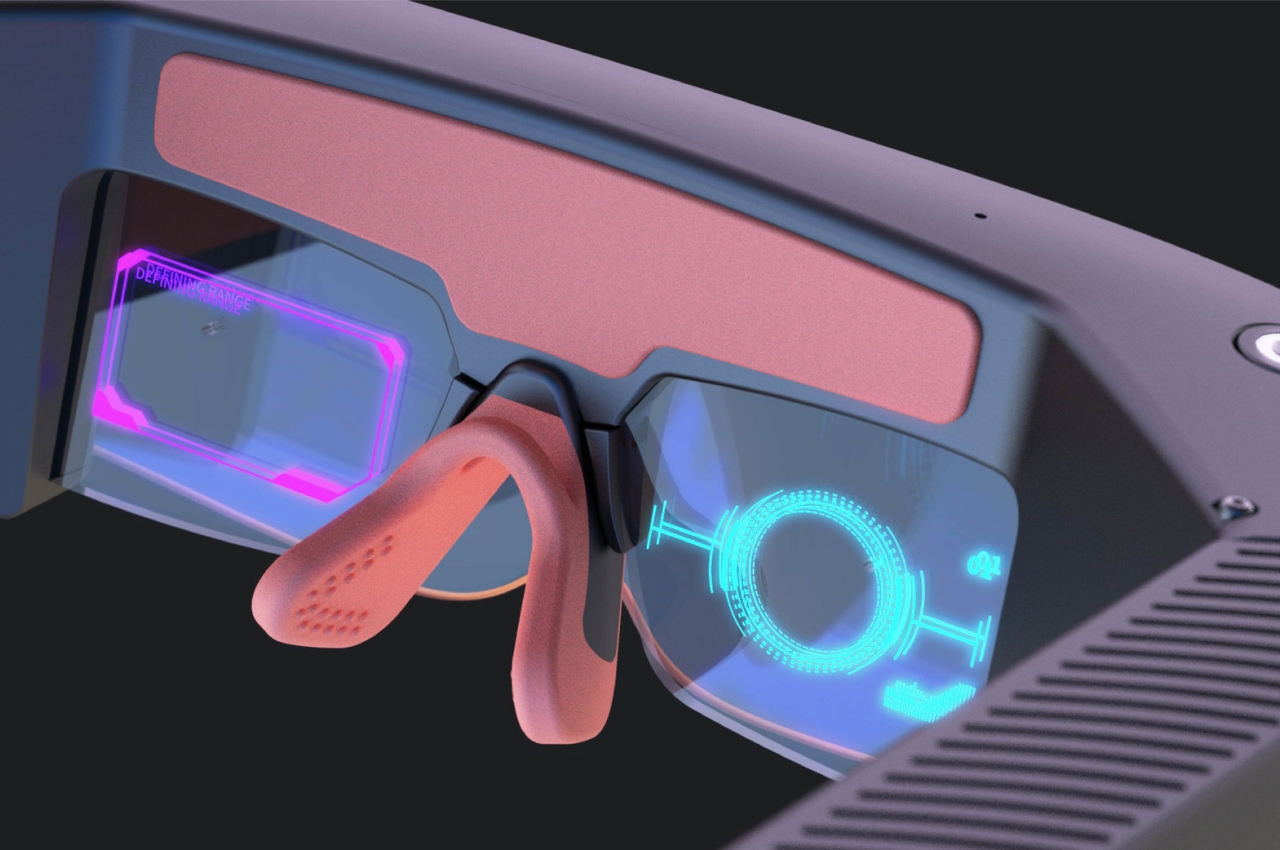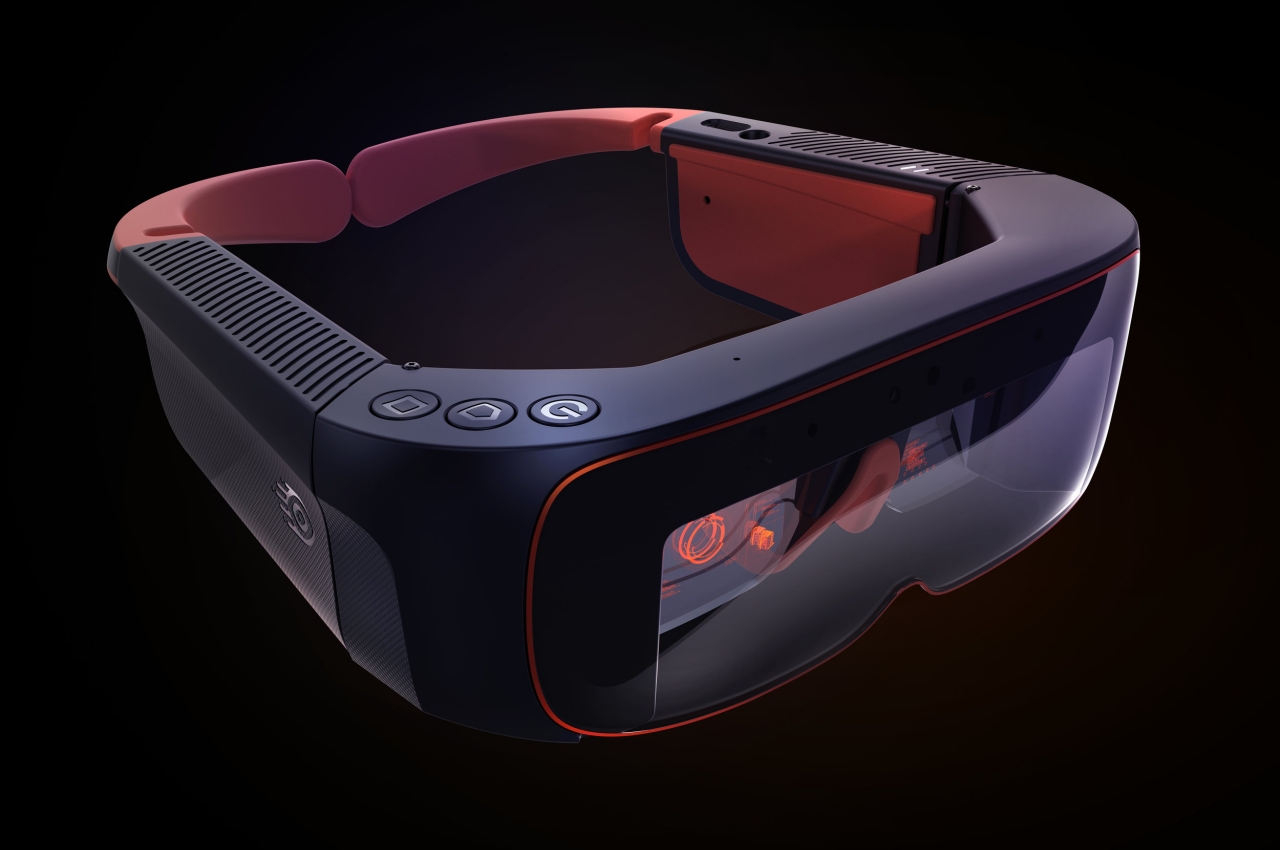Apple’s antitrust mess keeps getting worse, with today’s Apple Pay announcement as the latest example. It is currently under attack from so many sides in so many different countries, that the company spends most of its PR time trying to defend its position – although legislation will eventually force them to adjust.
To me, the most baffling thing about the company’s stubbornness on this issue is that the mess could so easily be resolved, and my bet is that it wouldn’t even cost the company much money.
If you think it’s about monopolies, read this first
We need first to clear up a very common misapprehension about antitrust laws: that they only apply to monopolies. This has literally never been the case. As we have pointed out in our guide, this is not the case.
In most jurisdictions around the world, it is illegal for large companies to band together to form agreements or “trusts” to behave in a particular way – for example, to all sell their products for the same high price. Laws designed to outlaw this type of behavior are called antitrust legislation.
We go on:
However, the term is used more generally to refer to laws designed to prevent companies from engaging in any kind of anti-competitive action – that is, do anything that would tend to artificially distort competition within a market.
There is a huge market for smartphone apps. Worldwide, Apple controls around 27% of this market. Within some countries, it’s around 50%. In Apple’s home market of the US, it’s well over 50%. Any way you slice and dice the numbers, Apple is one of the largest companies to have a dominant position in this marketplace.
Many antitrust disputes, with one common element
Apple is facing antitrust battles on a whole range of fronts. The main one is the fact that Apple has full control over the App Store. It sets its own commission rates, and iOS developers have no choice but to pay it. Multiple app stores are desired by regulators to ensure that iPhone developers have the opportunity to sell apps in a variety of ways. Consumers and developers can also choose which store to support.
There are a bunch of other issues, with some overlap with the App Store …
Apple Music vs Spotify. Apple Music vs Spotify is an exceptional case. Apple Music competes directly with Spotify and offers its app huge advantages in attracting paid subscribers :
.
- You can subscribe to Apple Music within the app;
Spotify would have to pay Apple 30% to do this (which is economically impossible)
- Apple has Apple Music promos within iOS
- Apple Music is available as part of a discounted bundle (Apple One)
Preinstalled Apple apps. Apple creates its apps, and most preinstalls them on iPhones. This gives them a massive advantage over competing third-party apps because the default position is people will use Apple apps. If iPhone owners had to choose which apps to download, it would be more of a level playing field.
Apple Arcade vs Epic Games. Apple permits its own in-app game store, but not other companies like Epic Games.
Apple Pay. Apple only gives NFC access to its own mobile wallet app while denying it to competitors. Additionally, since bank apps have no access to the NFC chip, banks and card companies are obliged to sign up for Apple Pay if they want their customers to use iPhones and Apple Watches for contactless payments.
The common thread in all these cases is that Apple has financial advantages while its competitors suffer.
Apple’s defense
If you listen to Apple, it has nothing to do with money. Oh no, siree! This is purely about protecting customers.
To be honest, it does have some points. If you compare the malware rates between iOS and Android – especially when it comes to those Android users who venture beyond the Google Play Store to third-party stores and sideloaded apps – then it’s clear that the App Store is safer.
Apple could make the same point regarding Apple Pay. It is very secure to pay for your purchases. For example, Apple generates single-use card numbers for each transaction, and only shares this unique number with payment terminals.
But third-party companies could offer the same safeguards
Apple claims that all Apple Store apps are secure. That’s a slightly disingenuous claim, as it’s mostly the protections built into iOS – like sandboxing – which protect users. This would be true no matter which app store an app came from.
But Apple insists that it protects users against scam apps. Erm …
- Developer exposes multiple scam apps on the App Store, some bringing in millions of dollars in revenue
- Fake reviews and ratings manipulation continue to plague the App Store charts
- Developer reveals how fake reviews and ratings play a major role in App Store scam apps
- Developer exposes another multimillion-dollar scam app on the App Store
- Scam heart rate app is back in the App Store, trying to steal $85/year
- Latest App Store scam exposed is a kids’ game with a hidden online casino
The broader point here is that any third-party app store would be free to do its own vetting, and there’s no reason why it couldn’t do at least as good a job as Apple.
Same with Apple Pay’s single-use tokens. This is not Apple tech: it is instead an industry-wide protocol known as EMV Payment Tokenisation (the EMV stands for Europay, MasterCard, Visa – the three bodies who jointly developed the approach). Google Pay and Samsung Pay do the same thing, and individual banks are free to create apps that use the same tech. Yet only Apple Pay can use it on iPhones because you can’t do it without access to the NFC chip.
So any protection offered by Apple could be offered by third-party companies. This is not my primary point.
Most people would still choose Apple’s walled garden
Even if Apple scare stories are true – only Apple can protect its customers from the scary outside world, that’s not the point.
While there is the occasional suggestion that Apple should be broken up, the vast majority of antitrust regulators are not telling Apple it can’t offer its own app store or music streaming service or mobile wallet product or weather app or gaming subscription or anything else.
All regulators agree that Apple should give third-party businesses the opportunity to be competitive on an equal playing field. In other words, Apple should offer both the Apple App Store and third-party apps. iPhone owners can then choose which app store to use. Continue offering Apple Pay while also allowing bank apps to use the NFC chip. And so on.
My bet is that this wouldn’t even cost Apple much money – for two reasons.
First, the average nontechy Apple customer is going to choose Apple every time. You can offer them both an Epic Games or Apple store. The vast majority will choose the Epic one.
Second, even techy people are mostly going to stick to Apple. One of the main reasons I buy the Apple kit is because I actively like and appreciate the Apple ecosystem. Because there is one company that runs it all, I love the way everything works together. So even people who consider the alternatives and examine what they have to offer will still mostly stick to Apple’s offerings.
Apple invites legal trouble for no reason
This explains why I am baffled at Apple’s insistence on antitrust matters: It is almost free to open things up, and it is very risky to do so.
If Apple is willing to open things up, it may choose its terms. So long as it goes about things in a reasonably fair manner, there will be little reason for politicians to insist it goes a little further.
Another way is to wait until the legislature defines terms. It could end up with an even worse deal. Right now, for example, a lot of people are arguing that Apple’s 30% commission for large developers is too high. Apple might have to accept a lower commission if it waits for legislators to act. If it simply allows third-party app stores – which hardly any iPhone users will bother using – it can continue to take its cut while shrugging and telling legislators that developers and consumers alike are free to use any of the other iPhone app stores out there.
Apple should be the leader, and act as such
Macworld’s Dan Moren suggests this stubbornness is part of Apple’s DNA.
There’s something in the company’s DNA — probably handed down in part from late co-founder Steve Jobs — that promulgates the idea that there are two ways to do things: an Apple way and a wrong way.
There may be more to it. Steve often did things that people said were outlandish, and he won most of those bets.
But today’s Apple has become more than Steve’s Apple. It’s a new company that is fighting for the rights of established corporations. Apple is no longer the brave little boy in the playground who stands up to the bullies. Apple is now the school team’s 240-pound quarterback who is increasingly looking like he wants to do the bullying.
It’s time for a more mature approach. Apple, you must accept that the antitrust pressures will not disappear by magic. Recognize that you’ll get a better deal through voluntary change now than via regulated change later. Acknowledge that there’s a reputational cost to fighting all the way to defeat, and a PR gain to be had from acting now. Be a leader and not a follower.
That’s my view; what about yours? Please take our poll, and share your thoughts in the comments.
Photo: Rock Staar/Unsplash
